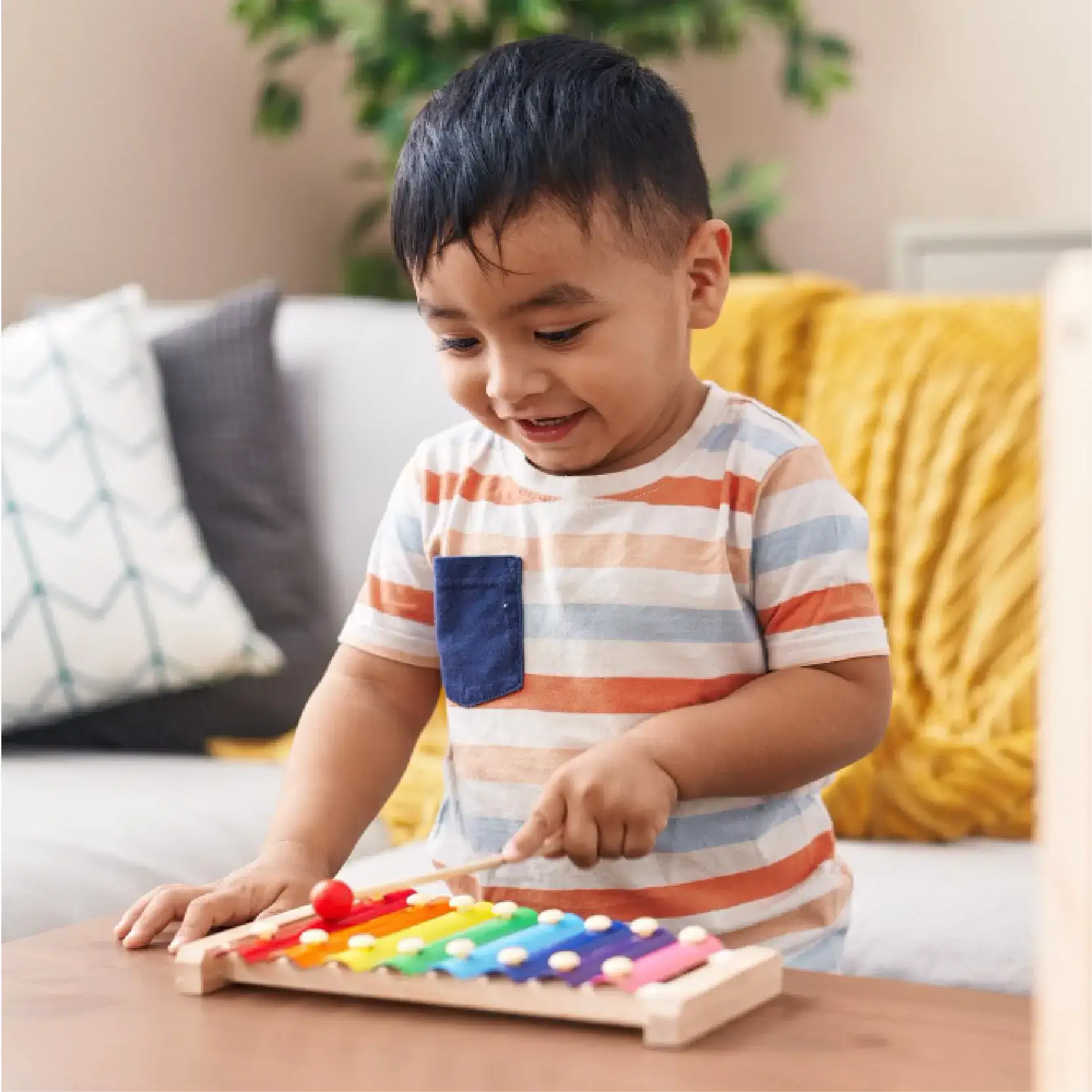Navigating family law can be complex, particularly when disputes arise between separated parents concerning important decisions about their child’s upbringing. When disagreements cannot be resolved amicably, it may be necessary to seek legal intervention. One route available under the law of England & Wales is an application for a Specific Issue Order. This is a type of court order that determines a particular issue related to parental responsibility.
A Specific Issue Order can be sought for various reasons, including disputes over a child’s education, medical treatment, religious upbringing, or permission to relocate either within the country or abroad. Given the potential impact of such decisions on a child’s welfare, understanding the legal process involved is crucial for any parent or guardian considering this route.
What Is a Specific Issue Order?
A Specific Issue Order is made by the court under section 8 of the Children Act 1989. It is designed to settle particular disputes regarding a child’s upbringing when parents or those with parental responsibility cannot agree. Unlike a broader Child Arrangements Order that determines where a child lives or who they have contact with, a Specific Issue Order focuses on resolving one key point of contention.
The order is legally binding and must be adhered to by all parties. It ensures that a decision is made in the child’s best interests, prioritising their welfare above all else. Before making an application, it is essential to consider whether alternative, less adversarial solutions, such as mediation, may be possible.
Who Can Apply for a Specific Issue Order?
An application can be made by a person who has parental responsibility for the child in question. This typically includes:
– The child’s mother
– The child’s father, if he is named on the birth certificate or has acquired parental responsibility through a court order or agreement
– A guardian or special guardian
– A person named in a Child Arrangements Order as someone with whom the child is to live
– Step-parents or partners of a parent who have parental responsibility
– A local authority if the child is under a care order
Others who do not automatically have the right to apply must first seek the court’s permission before proceeding with an application.
The Importance of Mediation Before Applying
Before approaching the court, applicants are generally required to attempt mediation. The purpose of mediation is to provide an opportunity for both parties to discuss their concerns in a neutral setting and to explore potential resolutions without the need for court intervention.
Applicants must attend a Mediation Information and Assessment Meeting (MIAM) unless an exemption applies. Reasons for exemption include instances where domestic abuse has been a factor, where a child is at risk of harm, or in situations where one party cannot feasibly attend.
If mediation is unsuccessful or unsuitable, the mediator will provide a certificate allowing the applicant to proceed with a court application.
How to Apply for a Specific Issue Order
Preparing the Application
The process begins with completing a C100 form, which is used for private law applications concerning children. This form can be accessed via the government website or requested from the court.
Alongside the C100 form, applicants may need to provide:
– Details of the dispute and why court intervention is necessary
– The steps taken to resolve the matter outside of court
– Evidence of attending a MIAM or an exemption from mediation
– Any relevant supporting documents, such as medical records or school reports
Submitting the Application
The completed C100 form should be submitted to the appropriate family court along with the required court fee, which is currently £232 (subject to change). Those facing financial hardship may be eligible for exemptions or reductions through the Help with Fees scheme.
Once the application is filed, the court will process it and arrange a hearing date.
The Court Process
The First Hearing
The first court hearing, known as a First Hearing Dispute Resolution Appointment (FHDRA), serves as an opportunity to explore whether the issue can be resolved without a full hearing. A judge or magistrates will review the case and may attempt to facilitate an agreement between the parties.
A CAFCASS (Children and Family Court Advisory and Support Service) officer may prepare a safeguarding letter before the hearing, outlining any concerns for the child’s welfare. The court will consider this when deciding how to proceed.
If an agreement is reached at this stage, the court can formalise it into a binding order. If not, further evidence may be required before a final decision is made.
Further Hearings and Evidence Gathering
If the issue remains unresolved, additional hearings will be scheduled. The court may direct the parties to provide further evidence, such as expert reports from medical professionals, educational assessments, or witness statements.
In cases where the child’s wishes and feelings are crucial, CAFCASS may be asked to undertake a full report, interviewing the child to determine their perspective. The weight given to the child’s views will depend on their age and maturity.
The Final Hearing
The final hearing takes place if no agreement can be reached or if further evidence needs to be considered before a decision is made. At this stage, both parties will present their arguments, and any additional evidence or witness testimony will be examined.
The judge or magistrates will then issue a legally binding order based on what they believe is in the child’s best interests. This decision is final, although an appeal may be possible in limited circumstances if there are grounds to challenge the ruling.
Factors the Court Considers
The child’s welfare is the court’s paramount consideration. In reaching a decision, the judge will apply the welfare checklist under section 1 of the Children Act 1989, which includes factors such as:
– The child’s wishes and feelings (considering their maturity)
– Their physical, emotional, and educational needs
– The likely effect of any change in circumstances
– The capacity of each parent to meet the child’s needs
– Any risk of harm from change or continued conflict
– The range of powers available to the court
The court fosters a child-focused approach, ensuring that any ruling is in their best long-term interests.
Enforcing a Specific Issue Order
Once made, a Specific Issue Order must be followed by all parties. If one party refuses to comply, the other can apply to the court for enforcement. Potential consequences for breaching the order include fines, community orders, or even imprisonment in extreme cases.
If circumstances change significantly, an application can be made to vary the order, but strong grounds must be demonstrated for any amendment.
Conclusion
Seeking legal intervention through a Specific Issue Order is a significant step that should be carefully considered. While family courts aim to act in the best interests of the child, the emotional and financial impact of legal proceedings can be considerable. Wherever possible, parents should attempt to resolve disputes amicably, using mediation as a first step before resorting to court action.
For those who do proceed with an application, understanding the process, from submitting the necessary paperwork to attending hearings, is essential. Seeking legal advice can often help clarify the best course of action, ensuring that any approach taken prioritises the welfare of the child above all else.













